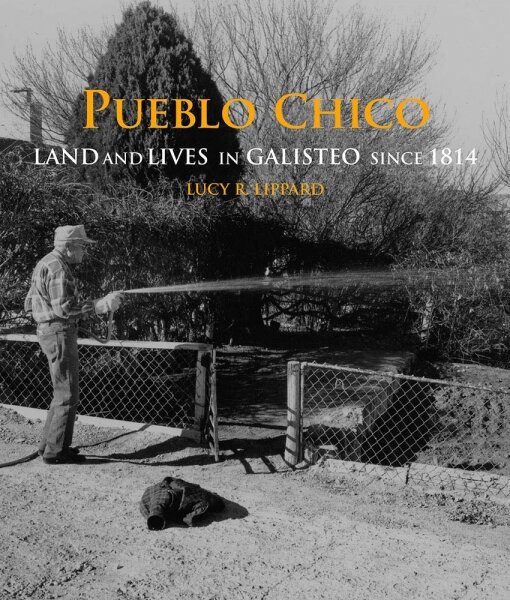
Book Review: Fortunate Son: Selected Essays From the Lone Star State
Book Review: A Pageant Truly Play’d by Tessa West

The Roque Lobato House - A Book on HSFF's Register Property Lobato - Morley House

Rebel of the Colorado: The Saga of Harry Leroy Aleson - A Book Review by Pete Warzel

